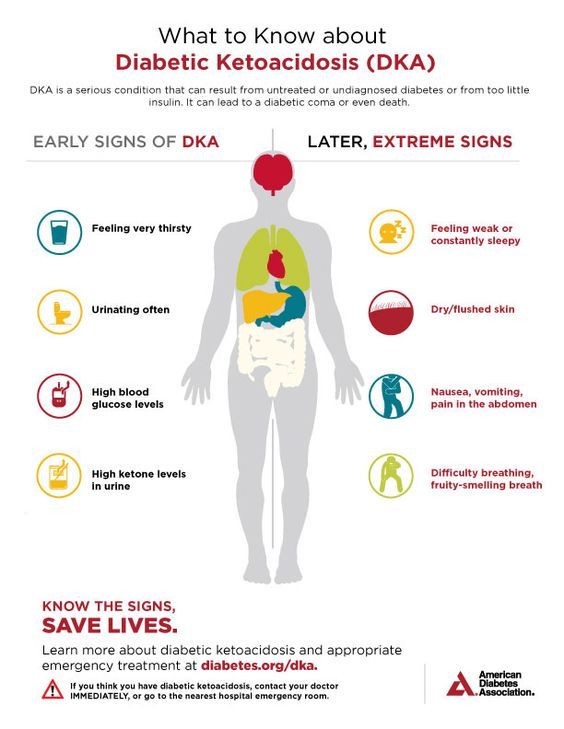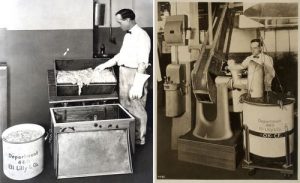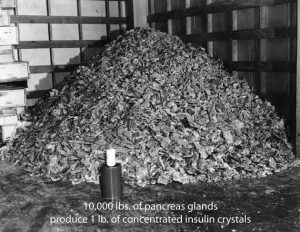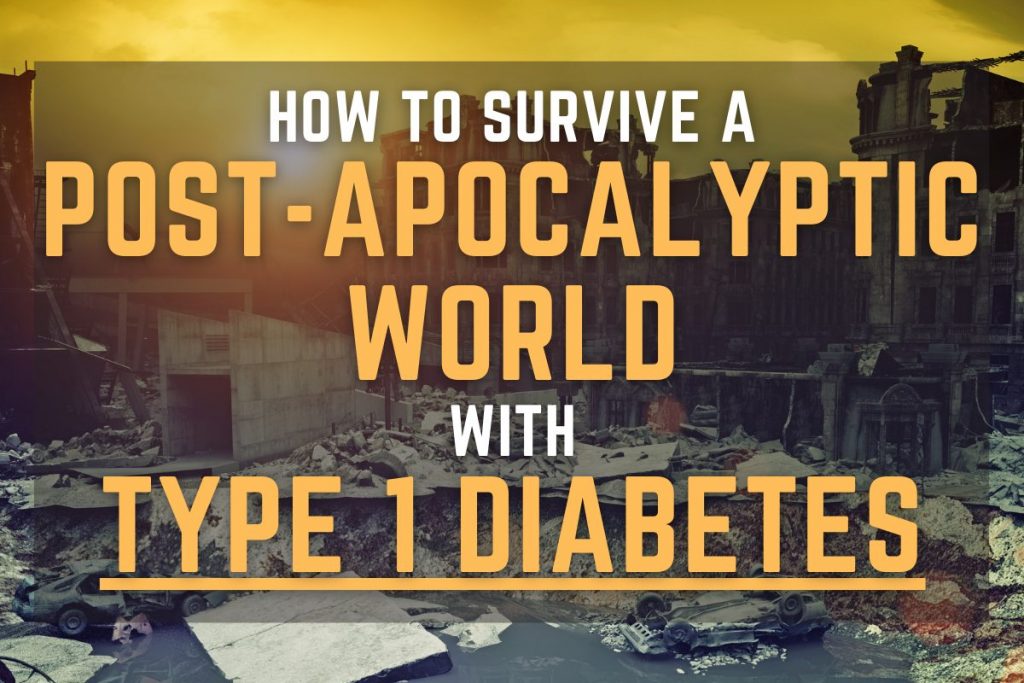When we think about a post-apocalyptic world, most of us will imagine ourselves in a “The Walking Dead” type-setting where we need to scavenge for food, resources, shelter, and find your obligatory weapon of choice. (Guns and katanas aside, I think shovels are pretty cool! Multi-purpose zombie-killing tool.) If we’re being good preppers right now, we’ll have what we need to protect ourselves from the elements, to put something in our bellies, and to ensure the safety of our loved ones. And on we go for the next couple of years, living through whatever apocalypse we’ll get.
But what if you have a chronic disease? How will you find your usual medicine? Personally, I am constantly in fear of “the big one” because, as a Type 1 diabetic (formally known as Juvenile diabetes), I cannot survive without insulin and therefore would not be able to protect my loved ones. Well, that’s a lie. I would be able to, for about a week or two before I’d painfully die from complications due to diabetic ketoacidosis.

Yikes. So what can I do as a Type 1 diabetic to survive in a post-apocalyptic world? Well, the answer is easy and complex at the same time: You don’t. Unless you do.
Since November is Diabetes Awareness Month, and November 14th is World Diabetes Day, I wanted to dig into this question a little deeper to see if I could survive the apocalypse, and perhaps even shed a little knowledge so that you can help your Type 1 diabetic friends survive as well. If we can, that is.
Chances are you know a few diabetics in your life. Most will have type 2 diabetes, which in most cases can be reversed with a healthy lifestyle of physical activities and proper nutrition. Type 1 diabetics, however, make up for approximately 10% of diabetics. This type cannot be cured, reversed, or managed without the help of insulin. Physical activities will not lower the patient’s blood sugar and, in fact, will most likely raise it. Without going into details and calling endocrinologists to the stand, physiologic stress can elevate glucose in the blood faster. Glucose (sugar) in the blood is something you want to avoid. Your insulin absorbs glucose from the blood for use as fuel, for conversion to other needed molecules, or for storage. Without it, glucose concentration will remain high and over-time will cause your kidneys and other organs to fail. Eating healthy foods wouldn’t matter either as most foods contain carbs, which is glucose for your body.
Double yikes. Okay, so what do we do? Let’s ask ourselves a few questions, first:
Before we begin, a disclaimer! We are not doctors, physicians, or scientists. Do not take those as medical advice at any costs. It will probably make things worse for you. Probably.
Can I keep my insulin vials with me until I run out?
Yes, but we have to keep in mind that insulin is very sensitive to light (sunlight and indoor light) as well as extremely cold or hot temperatures.
Unopened vials (that still have the plastic cap sealing the vial) should be stored in a fridge at temperatures between 36 to 46 degrees Fahrenheit (2 to 8 degrees Celsius) and is usually good for a whole year before it expires. Make sure to read the label.
Opened vials (that have been punctured through the rubber top with a needle) will last 28 days regardless of where you store it. It can be at room temperature or stored in a fridge. But really, who has a functioning fridge in the apocalypse? Here’s hoping!
It is good to note that if you leave an unopened vial in your bag, or counter, or anywhere other than a fridge, your insulin will have the same shelf life as an opened vial.
So TL;DR: No fridge? You’ve got 28 days with your current vials.
Can I freeze my insulin if I can?
Freezing temperatures will break down the insulin even after thawing, so it is recommended that you throw away thawed insulin as it won’t be as efficient. But, really. This is the post-apocalypse. Would you rather use “somewhat efficient” insulin or none at all? There have been no studies suggesting that thawed insulin can cause anything worse than death, rather crazy out-of-control blood glucose levels, so bottoms up! Or well, needles in. And expect not feeling well for a long time.
What happens if I can’t find any insulin? Can I create my own?
Well, technically, scientists were able to isolate insulin from a dog’s pancreas in 1921 which eventually led to the treatment of Type 1 Diabetes, so… Unless you’ve got a PhD in “My brain is made of scientific knowledge” and are breeding dogs or pigs, you probably won’t be able to.

But let’s say that you’re one of the happy owners of such a certificate and know exactly how to mash a dog’s or pig’s pancreas and skillfully extract insulin to inject yourself with. Could you create your own insulin? The short answer is yes. The realistic answer is no.
It’s very unlikely that you’ll have access to a highly sophisticated lab to start with. But if you do, how much insulin can you extract from an animal’s pancreas? Well, in 1923, when company Eli Lilly began selling insulin extracted from pig pancreases, it took a whopping 10,000 pounds of pancreas glands to produce 1 pound of concentrated insulin crystals.

What does this tell us?
Even farmer Rick couldn’t gather that many pigs in his prison farm. So chances are you won’t either.
It is safe to say that when SHTF, your best bet is to make sure that your loved ones have a plan, that you’ve got enough cold insulin to last a year (you might want to stock up on ice packs and find a way to keep them frozen) and hope that somehow, someone is going to be a hero and save the day for things to go back to ‘normal’.
But, let’s be real here. You’ve already cheated death once by being able to have access to insulin to start with. Death probably won’t give us all Type Oners a second chance.
Unless, you know. 10,000 pounds of pig pancreas and all. Good luck!
Sources:
https://en.wikipedia.org/wiki/Diabetes
https://en.wikipedia.org/wiki/Insulin
https://consumermedsafety.org/tools-and-resources/insulin-safety-center/storage-of-insulin
https://www.healthline.com/diabetesmine/ask-dmine-insulin-temps-meds-in-a-pinch#2




Good read! I wonder if insulin retains any effectiveness at all after say 2 or 3 years.
Let’s hope this Ukraine-Russia shit doesn’t start WW3.